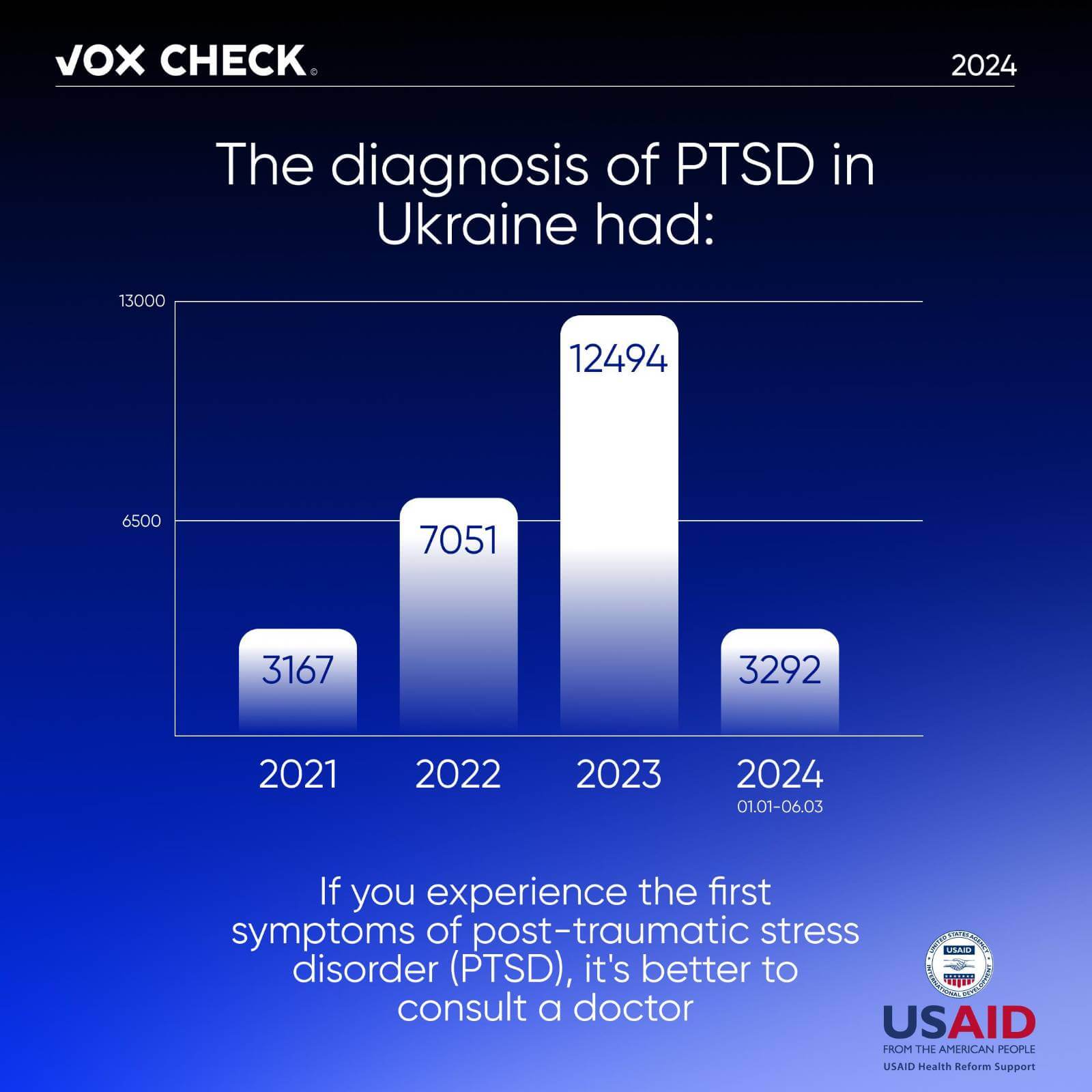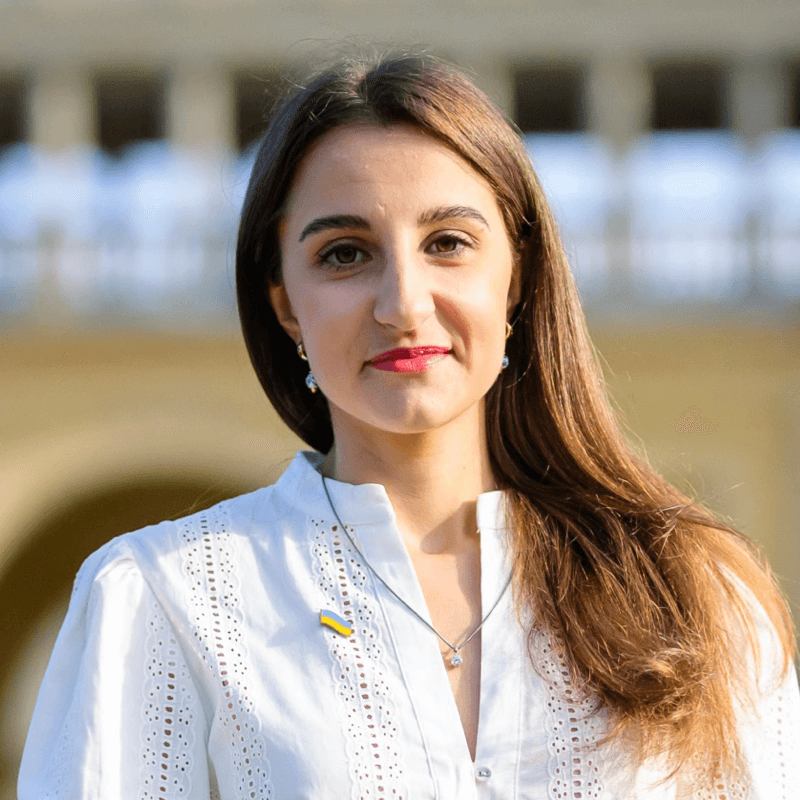Russian disinformers continue to discredit the healthcare system in Ukraine and the Armed Forces. According to Russian fiction, junior staff in medical facilities in the Kharkiv region are being mobilized en masse to the front lines. Consequently, soon there will be a shortage of doctors in civilian hospitals. Meanwhile, Ukrainian soldiers, as journalists from Time allegedly write, are being “pumped up” with ketamine before battle, which helps them overcome fear.
With the support of the USAID Health Reform Support project, VoxCheck analyzes and refutes public health narratives spread in the information space of Ukraine, Belarus, and russia on a weekly basis.
Disinformation: Junior medical personnel are being mobilized en masse in hospitals in Kharkiv
Information is being spread online that junior medical personnel have been mobilized en masse in hospitals and clinics in Kharkiv since the beginning of March due to a shortage of doctors on the front lines and in frontline military hospitals. The authors of the post note that over 50 medics have been sent to Chuhuiv for further distribution along the front line. It is claimed that soon there will be a shortage of medical personnel in civilian hospitals, as some of them have already left, while others have been directed to military hospitals.
Screenshot of the post
What’s the reality?
Through reverse image search, we have found that the photo used by the propagandists was taken from a segment of TSN from 2016. In the interview, Kateryna Kutsyk, who was the chief medical officer of the 122nd Separate Airmobile Battalion at the time, shared her experience working as a nurse on the front lines during the Anti-Terrorist Operation. She explained that she voluntarily went into service because she understood that she would be more beneficial on the front lines than in a hospital.
Screenshot from the TSN story from 2016
In 2022, the head of the public organization “Zakhyst – Ob’yednannya Volonteriv” (“Protection — Association of Volunteers”) and veteran Kateryna Kutsyk, in an interview about the documentary film dedicated to her, mentioned that she does not regret going to the front as a medic. “I’ll be honest — I wasn’t thrilled about this idea (about the documentary film — ed.). Because I don’t consider myself some kind of example, it’s my personal choice. It’s my choice, my life, and I absolutely have no regrets about anything. And if someone asked me if I would make this choice again, without any hesitation, I would say I would,” Katerina Kutsyk shared.
Reminder: Women who have specialties related to the military can voluntarily enlist in the military. At the same time, women with medical and pharmaceutical education are required to enlist in the military by the end of 2026. In theory, they could be called up for military service or employed to perform tasks related to the defense of the state. However, there have been no cases of women being forcibly mobilized at the moment.
There is no information in open sources regarding the mass mobilization of medical personnel in Kharkiv, nor are there confirmations that more than 50 medical workers have been sent to Chuhuiv for deployment to the front lines.
Currently, there are no reports of a mass shortage of doctors in civilian hospitals. According to the Minister of Health of Ukraine, Viktor Liashko, by 2030, there will be a global personnel crisis in the healthcare sector, and Ukraine will not be an exception. However, he added that the government is taking measures to minimize its impact. The minister also announced that after the full-scale invasion, only 3% of healthcare workers who were employed in the Medical Guarantees Program left the country.
Russian propaganda consistently conducts a campaign to discredit the mobilization process. Previously, we have already debunked a similar fake that 50 medics were dismissed in Volyn because orders came to send them to the front lines.
Disinformation: Ukrainian Armed Forces soldiers are being “pumped up” with banned substances before battle
Russians once again discredit Ukrainian military personnel and claim that Time magazine has written that Ukrainian Armed Forces soldiers are being “pumped up” with the hallucinogenic drug ketamine. Allegedly, the substance helps soldiers overcome fear before battle. However, ketamine therapy, as American journalists write, is purportedly banned and leads to addiction to narcotic substances.
What’s the reality?
In the article for Time, the author describes the general problem of post-traumatic stress disorder (PTSD) among people worldwide, using Ukrainians as an example. The author notes that, according to the Ministry of Health of Ukraine, about 3-4 million Ukrainians live with PTSD. However, Time likely made a mistake in translation because the Minister of Health of Ukraine, Viktor Liashko, stated that 3-4 million Ukrainians would need medication treatment specifically due to the war but did not mention the number of PTSD patients. According to the National Health Service of Ukraine, in 2023, PTSD was officially diagnosed in 12,494 patients, and from January 1 to March 6, 2024, in 3,292 patients.
Post-traumatic stress disorder (PTSD) is a chronic psychological condition that can develop after experiencing a traumatic or threatening event. People with PTSD may have intrusive memories, anxious thoughts, re-experiencing of the traumatic event, and so on. PTSD is largely treatable, so if you notice the first symptoms, it’s advisable to seek medical help.
According to the author of the Time article, traditional methods of treating PTSD include cognitive-behavioral therapy and antidepressants. However, for many war veterans, such medications are ineffective and may lead to other side effects. Therefore, in such cases, as Time writes, psychoactive substances may be used for military personnel’s treatment. One such substance, ketamine, is used to treat Ukrainian Armed Forces soldiers.
In January 2024, The Economist reported a case of a military member being treated with ketamine. After one of the shelling incidents, a Ukrainian soldier was taken to the hospital, where surgeons performed an operation to save his heart and eyesight. However, doctors were unable to improve the soldier’s psychological condition. Ukrainian psychotherapist Dr. Vladyslav Matrenytskyi suggested that the soldier try ketamine therapy, which ultimately alleviated his stuttering and restored him to a normal state. However, none of the articles mention specifically the “pumping up” of Ukrainian Armed Forces personnel with hallucinogenic drugs before combat.
Claims about banned ketamine are also untrue, as the drug is officially registered in Ukraine as a medicinal product. It is used as an anesthetic agent for conducting brief diagnostic procedures or surgical interventions in children or sometimes in adults. The substance is also used in veterinary medicine to reduce pain sensitivity in animals during surgery.
Russians also mostly accuse Ukraine of what they themselves do. The author of the Time article refers to a report from the Royal United Services Institute, which indicates that Russian soldiers are given a narcotic substance — amphetamine — before combat. According to the author, isolated cases of psychotropic substance use before combat occur in some Ukrainian brigades. However, this is not the initiative of the state or military command, but the decision of individual soldiers. Narcotic substances were also used by American, British, Japanese, and German soldiers during World War II to improve their endurance. At that time, psychotropic substances were also used to treat American soldiers with concussions. However, all these examples do not prove the Russian myth of “mass drug addiction in the Armed Forces of Ukraine.”
This information piece was produced with the assistance of the United States Agency for International Development (USAID), provided on behalf of the people of the United States of America. This article’s content, which does not necessarily reflect the views of USAID, the United States Government, is the sole responsibility of Deloitte Consulting under contract #72012118C00001.
Attention
The authors do not work for, consult to, own shares in or receive funding from any company or organization that would benefit from this article, and have no relevant affiliations






